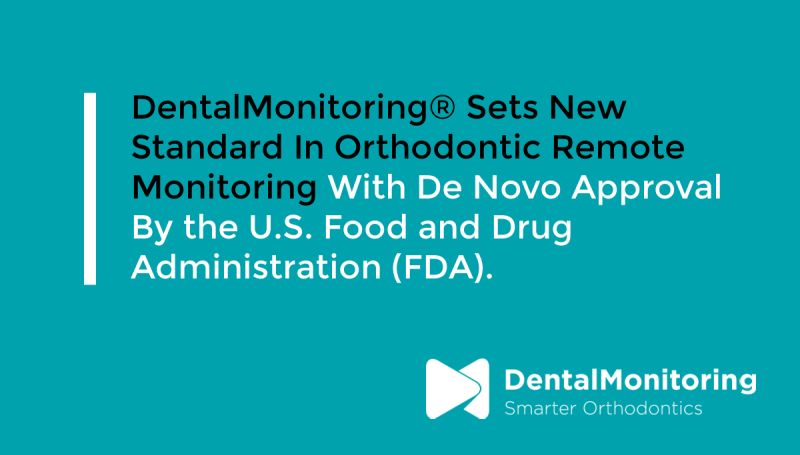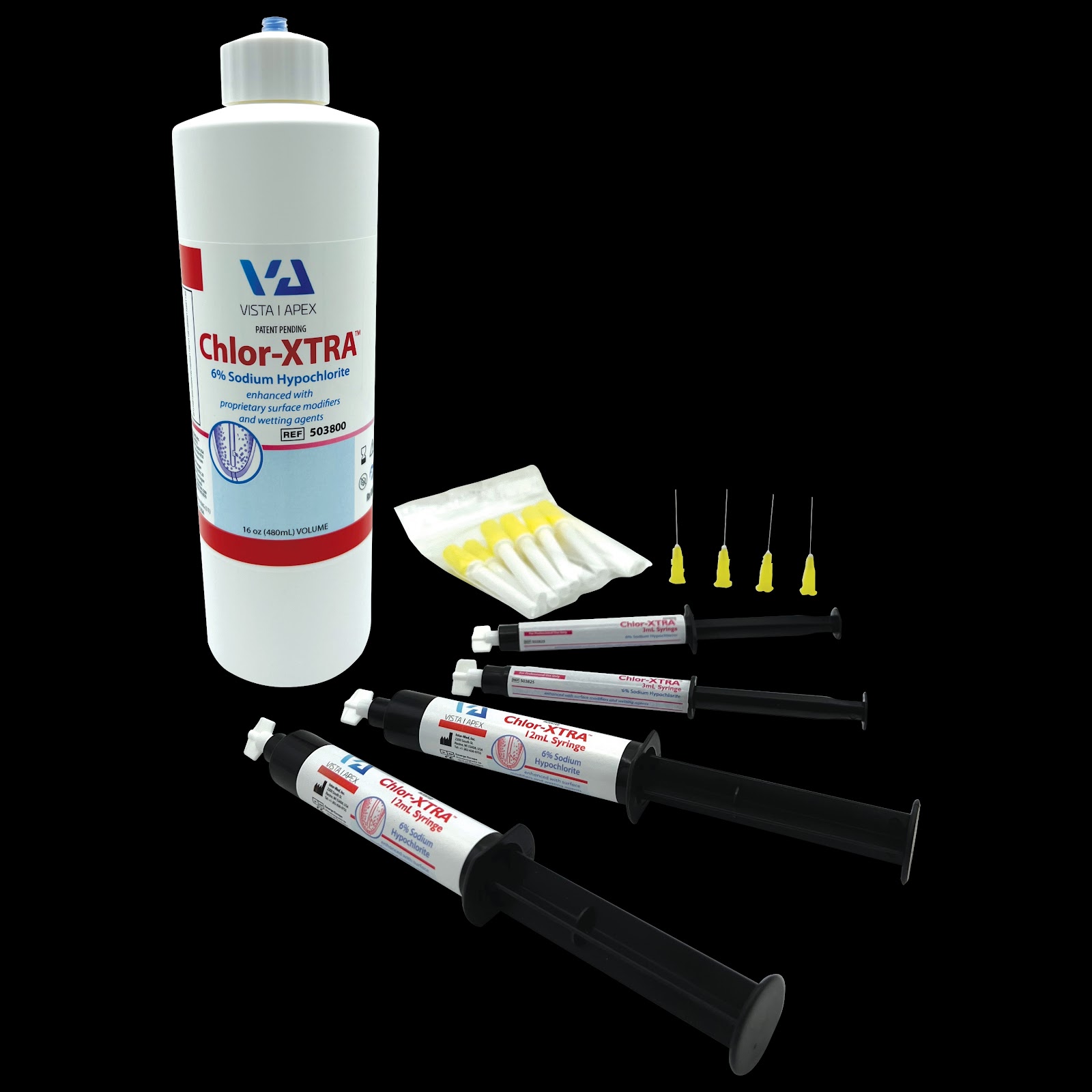For those of us who are using mobile devices (and really... who isn't?) today's post should be read by everyone. We live in a time where our lives are so much easier and so much more efficient due to the rise of digital data and the devices that bring that data to us.
I saw a stat a while back from a Google study that found the average smartphone user has their device within 1 meter of themselves over 97% of the time. Of course when you think how many of us charge our device on a bedside table and use it as an alarm clock, it makes sense that, even while we're asleep, those devices are always near us.
The Yin and Yang of the world means that the many positives our devices bring us, also bring along some unwanted negatives. Most likely the biggest negative of our digital lives is the security of our data and our communications. As I said in my May Technology Evangelist column in Dental Products Report, the criminal element has been with us ever since Adam & Eve were kicked out of the Garden of Eden.
No mater your political leanings or beliefs, those of us in the US benefit greatly from a national security apparatus that works night & day to help protect us from nefarious parties who would love to disrupt our lives and/or get access to our personal and financial data. One of those US government institutions is the NSA (National Security Agency). According to Wikipedia, the NSA is responsible for global monitoring, collection, and processing of information and data for foreign intelligence and counterintelligence purposes, specializing in a discipline known as signals intelligence (SIGINT).
One of the NSA's area of expertise is in electronic and digital security. Because of that, they have accumulated a great deal of information on how to help keep devices secure from unknown and outside sources. When the NSA speaks, I perk my ears up and listen. I don't listen blindly (and neither should you), but I pay attention where they make an announcement and try to then perform my due diligence.
Recently the NSA released a document detailing quite a few of recommended "best practices" for mobile devices. Many of them are common sense, but all of them are things I feel everyone should consider and be aware of. In the last few years, there have been several stories in the news detailing organizations, both legitimate and nefarious, that have made it their business to create stealthy programs that can attack unknowing subjects and provide complete hidden access to all of the data and controls of mobile devices.
While there is no way to be 100% sure your device has not been hacked, especially when the attackers are well funded and selling their services to governments, it still is important to do all you can to protect yourself. Locks, as my grandfather used to say, are to keep honest people honest.
So take a look at the NSA document and implement its recommendations into your electronic security routine.
If you're like me and really get into this stuff, a great source to get information (and provide financial support if you are so inclined) is the Electronic Frontier Foundation.
From their website:
The Electronic Frontier Foundation is the leading nonprofit organization defending civil liberties in the digital world. Founded in 1990, EFF champions user privacy, free expression, and innovation through impact litigation, policy analysis, grassroots activism, and technology development. EFF's mission is to ensure that technology supports freedom, justice, and innovation for all people of the world.
EFF is a donor-funded U.S. 501(c)(3) nonprofit organization that depends on your support to continue fighting for users.
I hope many of you find this information useful.





















